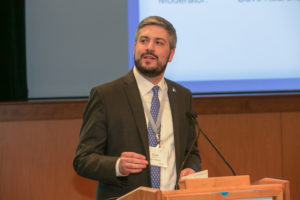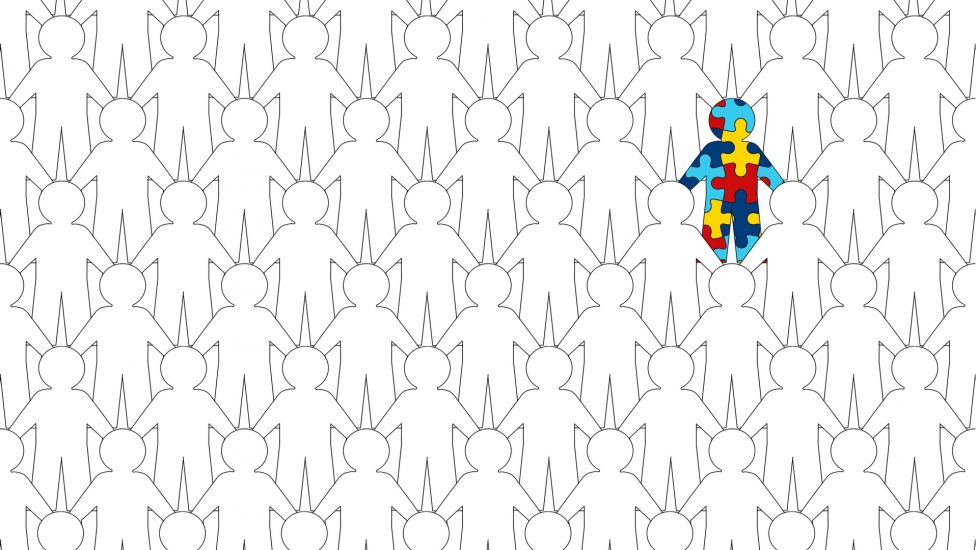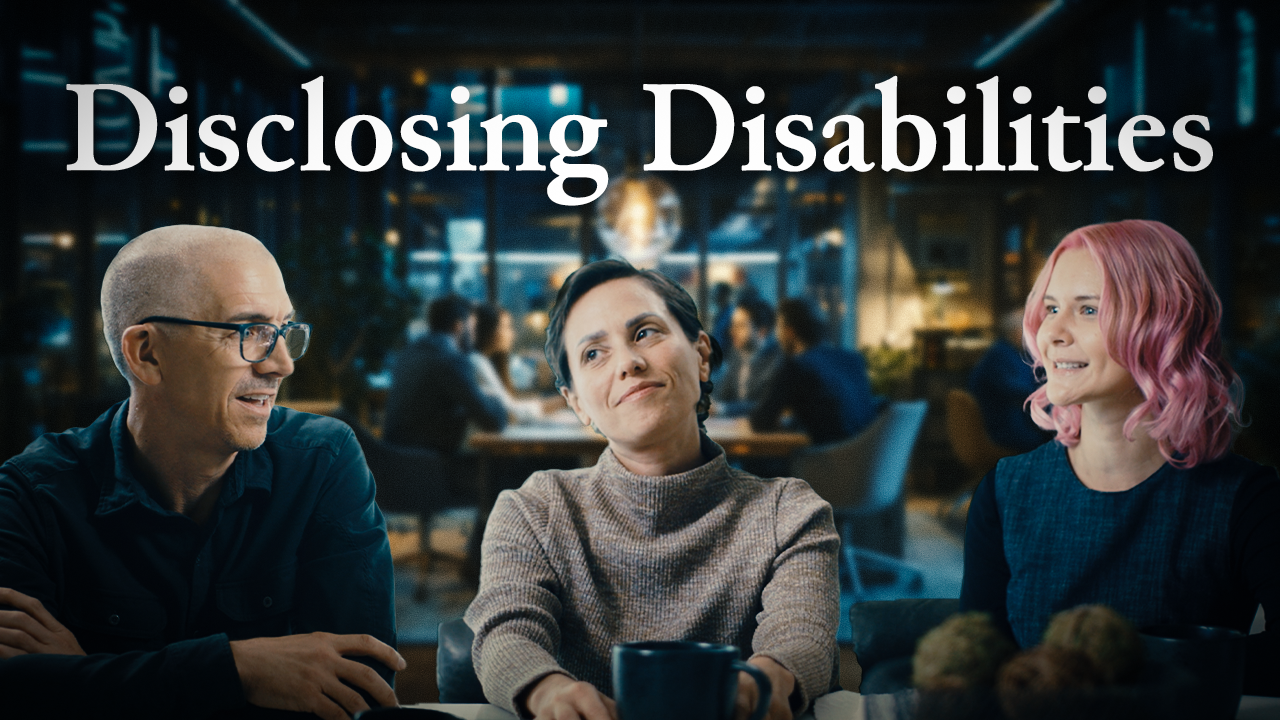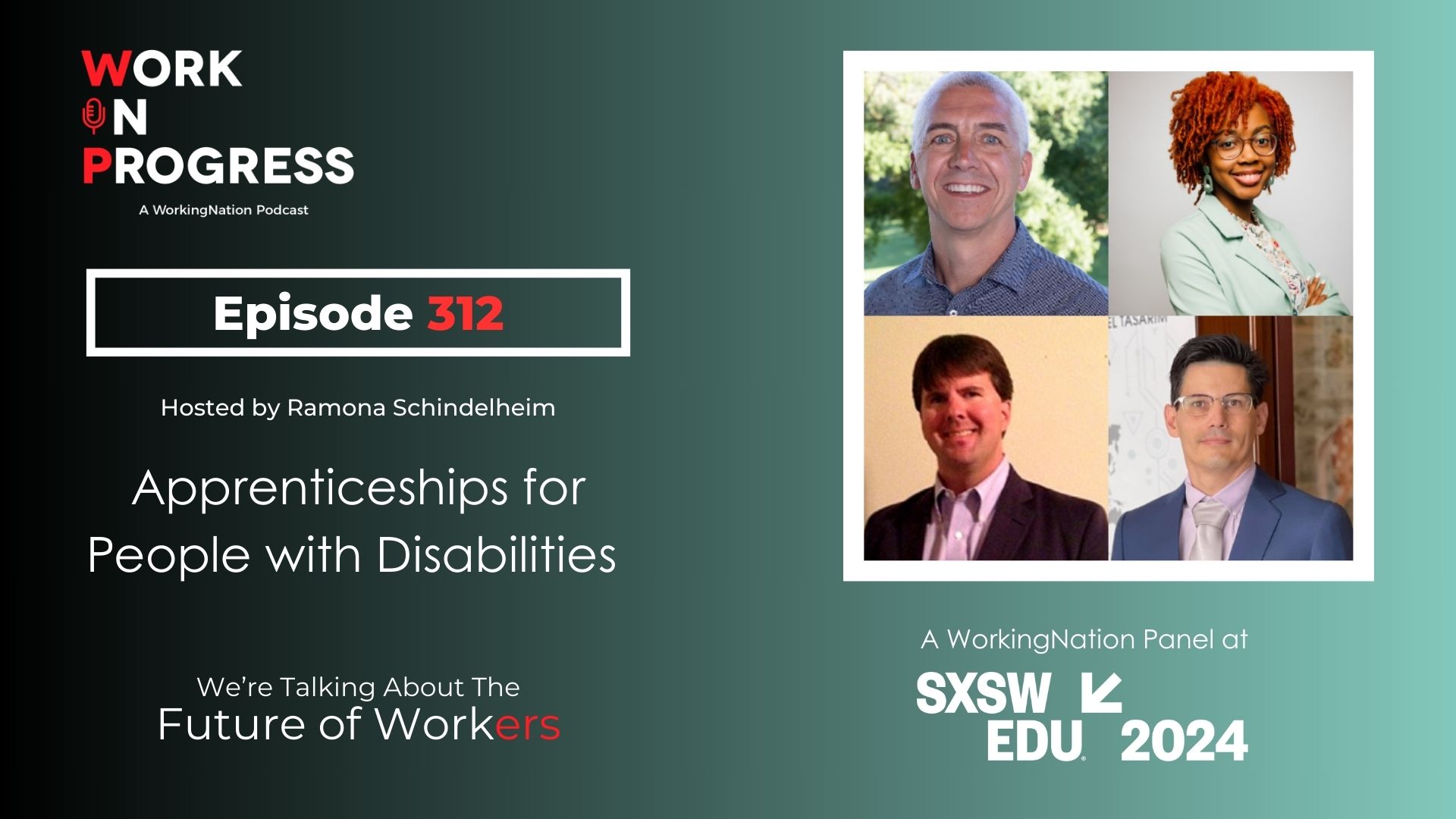Employers with open positions are always searching for the right person to fill the job. But what if the right person doesn’t fit the traditional definition of what an employer might be seeking?
Neurodiverse workers do not typically come to mind when employers are looking to fill positions. There are approximately 6.5 million people in the U.S. with autism, intellectual, and/or developmental differences in the United States.
The vast majority of adults with autism are unemployed or underemployed, with as much as 81 percent not holding a paid job in their community. So, how do companies make sure they are not overlooking the men and women who fall into this category when they are looking to hire new workers?

The Delivering Jobs campaign is dedicated to creating pathways for employment for men and women with autism, intellectual, and/or development differences. The goal is one million jobs and leadership opportunities over the next five years. The campaign brings together Autism Speaks, Best Buddies, and the Special Olympics, in partnership with the Entertainment Industry Foundation.
David Kearon, the Director of Adult Services with Autism Speaks, tells WorkingNation the people who are identified as neurodiverse range from people with autism—a condition that manifests itself as challenges with communication and social interaction—to people with Asperger Syndrome with advanced degrees in the STEM fields.”
Most of the activity in hiring, so far, is seen in the tech sector where those with autism often thrive in coding, programming, software testing, and analytics. But according to Kearon it is important to create opportunity for those across the spectrum, not just for those who are less impacted.
“There are jobs available in all industries, which I think is important to note. We are concerned that some may be pigeonholing people with autism into a very narrow career path in tech that simply is not going to work for the vast majority of individuals on the spectrum,” he adds.
“Like the population as a whole, only a small minority of people with ASD would say that they enjoy or want to code software or run analytics all day. The reasons why tech environments seem like such a good fit for people with autism—they tend to be predictable, systematic and rule-based—also apply to many other occupations as well.”
Rethinking the Hiring Process
Employers, tapping into te neurodiverse talent pool requires a shift in thinking that begins with the job description itself.
“The behaviors of many people with autism may not fit perfectly to the common ideas of what makes a good employee,” says Kearon. “And the terms we include in almost every job description—strong communication skills, being a team player, emotional intelligence, persuasiveness, salesperson-type personalities, the ability to network—are criteria that can screen out people with autism, and they often have very little to do with the actual job requirements.”
He says that businesses need to be more thoughtful and specific about these job descriptions, and to be more willing to consider someone who doesn’t necessarily fit every part of the description. A change in expectations during the interview process also is key.

“We know that the traditional job interview is a major barrier to employment for many autistic job seekers. Assessing a person with autism in a traditional face-to-face interview is simply not a good way to assess his/her true abilities,” adds Kearon.
He says that most people with autism will not do well in this scenario. “Asking someone on the spectrum to sit across the table from someone, develop a friendly banter with a complete stranger, maintain eye contact (but not too much!), brag about himself (but not too much!), etc. is setting him up to fail in many cases.”
Kearon suggests that companies need to consider using alternative screening and assessment methods, such as giving the candidate a sample job task or a trial work period.
The Skills the Neurodiverse Workforce Bring to the Job
“Employers have told us that their employees with autism show a higher, longer retention rate than their neurotypical employees. The Silicon Valley companies we’ve spoken with all show retention rates of between 95 to 98 percent. This is particularly true when businesses target those ‘pain points’— i.e. positions with high turnover, raising the cost of training and re-training—for their autism hiring initiative.”
Kearon says employees with autism also show better attendance, they show up to work on time consistently, stay on-task, and have stellar safety records. Some businesses also have data that shows that their employees with autism are more efficient, more accurate at certain detail-oriented tasks than do their colleagues without autism. This has shown to be the case in several of the software testing roles in particular.
Kearon notes that neurodiverse employees often have a greater effect on workplaces than just the carrying out of day-to-day tasks.
“On a larger scale, many employers tell us that including people with autism has improved the companies’ overall corporate cultures. Learning how to most effectively manage people with autism has made them better managers overall, for all of their employees,” he tells WorkingNation.
“It’s made them more aware of the shortcomings in their traditional screening and interview processes. They’ve realized that they are missing very talented people by assessing candidates with traditional interviews, rather than by giving them a more applicable opportunity to show what they are capable of.”
Resources and Advice for Employers
For companies looking to develop a more neurodiverse workforce, Kearon recommends some common practices.
- Make very clear that they are targeting autistic candidates for recruitment
- Invest in training and educating their staff and hiring managers about autism
- Use innovative, alternative methods to assess the talent of autistic candidates (beyond the traditional job interview)
- Speak publicly about the business case for hiring people with autism, and help other businesses to learn from their practices
- Publish success stories of autistic employees thriving when given the proper supports
- Most partner with local or regional nonprofit service provider organizations for ongoing support as needed
- Develop their own relationships with autism support programs at universities, community colleges and local community organizations
- Pay their autistic employees the same salaries as neurotypical employees
- Encourage and empower autistic colleagues to support one another through employee resource groups, affinity groups, group outings, or other activities
The SHRM Foundation, the nonprofit affiliate of the Society for Hiring Resource Management, and Workplace Initiative by Understood recently launched a free training program focused on helping businesses drive disability inclusion in the workplace.
“The Employing Abilities @Work Certificate is designed for human resources professionals and hiring managers. With eLearning content provided by the Workplace Initiative by Understood, the training program dispels myths and highlights opportunities to hire, retain, develop, and advance employees with disabilities in the workplace,” according to its announcement.
Resources for Job Seekers
Given the mass layoffs and furloughs because of COVID-19, Autism Speaks offers provides information on its website for autistic men and women who now find themselves suddenly out of work.
Job seekers can visit the website of the Autism @ Work Employer Roundtable. They can also visit a website that Autism Speaks helped Rangam Consultants create called www.TheSpectrumCareers.com. And there are other websites out there as well, including HireAutism which was developed by the Organization for Autism Research (OAR).
Some universities have recognized the promise of hiring the neurodiverse and have developed programs to help get them into the workforce.
One example is the University of California, San Diego (UCSD) where a program is underway to train those on the autism spectrum how to get jobs in the tech industry. It’s an internship program created through the Power of NeuroGaming Center at the Qualcomm Institute.
The goal is to give candidates the soft skills they need in the workplace, how to communicate ideas and work with a diverse group of people. Over the eight-week internship the candidates will work with game-based clients. They’ll have to come up with an idea then work to develop and eventually present it.
A pilot program was successful and resulted in the hiring of nearly a dozen people along the autism spectrum. The program was made possible by a $2.6 million grant from the National Science Foundation (NSF).
Kearon of Autism Speaks urges employers to educate themselves about autism and its wide diversity. “Look outside of the box. Don’t be afraid to take on an employee with a disability. You will likely be pleasantly surprised.”











